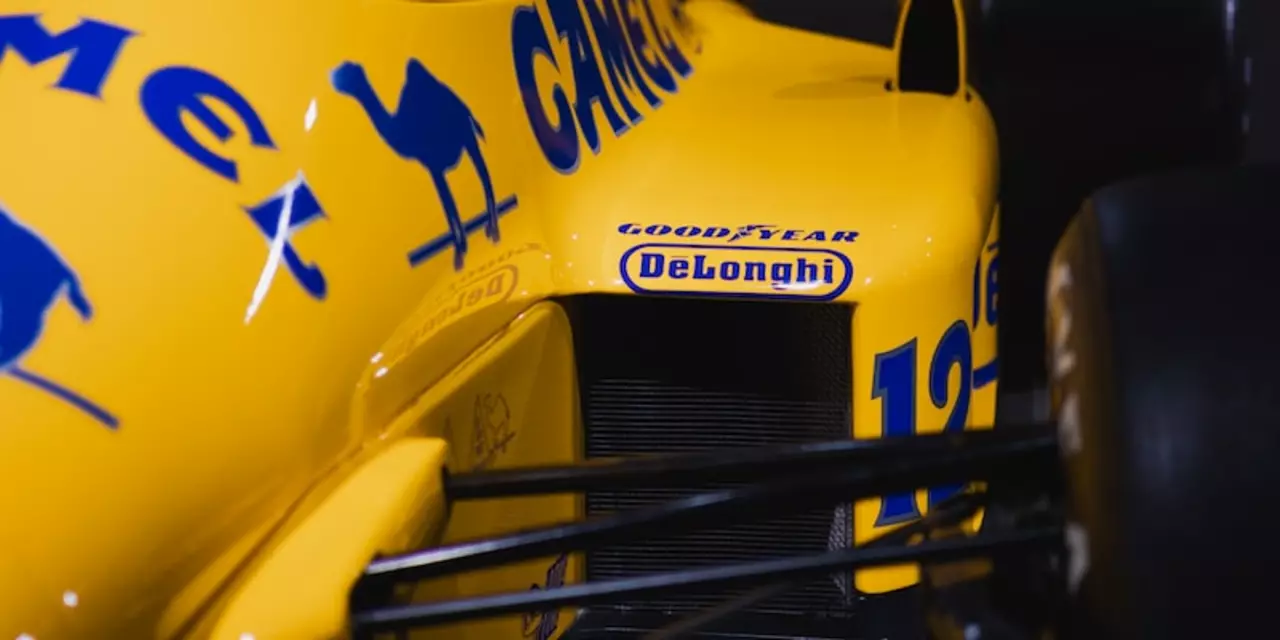Ayrton Senna: Why He Still Rules F1 Talk
If you’ve ever watched a Grand Prix and felt the rush when a driver teeters on the edge of control, you’ve probably felt Senna’s ghost. The Brazilian star didn’t just win races; he rewrote what a driver could do with a wheel in his hands. From his wild qualifying laps to his fierce battles with Alain Prost, Senna’s story is packed with drama that still fuels debates today.
What Made Senna a Phenomenon?
Senna’s talent showed up early. In 1984, he stole the spotlight in his rookie season with Toleman, almost winning the Monaco Grand Prix before a split‑second crash. That race hinted at his raw speed and fearless approach. He later moved to Lotus, where he clinched his first win in Portugal and proved he could dominate on both dry and wet tracks. The rain‑soaked 1985 Portuguese Grand Prix is still cited as a masterclass in car control.
What set him apart wasn’t just speed; it was mental intensity. He treated every corner like a puzzle, constantly tweaking his line for the perfect grip. His dedication to fitness, meditation, and even studying the physics of tire wear gave him an edge that many rivals could’t match. That focus made his qualifying laps look like timed art pieces.
Key Wins and the ‘Greatest’ Debate
Senna’s three World Championships (1988, 1990, 1991) came with iconic victories. The 1988 Japanese Grand Prix at Suzuka, where he beat Prost by 0.014 seconds, is often called the closest finish in F1 history. In 1993, his win at the European Grand Prix in Donington was a rain‑soaked showcase of precision driving that still appears in highlight reels. These moments fuel the ongoing question: is he the best F1 driver ever?
Fans argue both ways. Supporters point to his 65 pole positions (a record at his death) and his unmatched ability to push a car beyond its limits. Critics note his three titles are fewer than Michael Schumacher’s seven, but they also remind that Senna’s career was tragically cut short in 1994. The lack of a longer stats sheet makes his legacy more about influence than numbers.
Beyond stats, Senna’s impact on safety is huge. After his fatal crash at Imola, the FIA introduced major safety reforms—improved car construction, stricter track standards, and better medical response. Senna’s posthumous legacy includes a foundation that funds education for Brazilian children, showing his commitment extended off the track.
For anyone new to F1, watching Senna’s highlights is a fast‑track way to understand why speed, skill, and personality matter in racing. Look for his 1991 Portuguese GP win, his 1992 Monaco duel with Nigel Mansell, and the 1989 British GP where he overcame a pit‑stop error to finish second. Each clip reveals a piece of the driver who turned racing into a high‑stakes drama.
So, whether you’re debating the greatest driver with friends or just curious about what made Senna a legend, the answer lies in his combination of raw talent, relentless work ethic, and the lasting changes he sparked in the sport. He didn’t just race; he inspired a generation to push the limits of what’s possible on four wheels.
